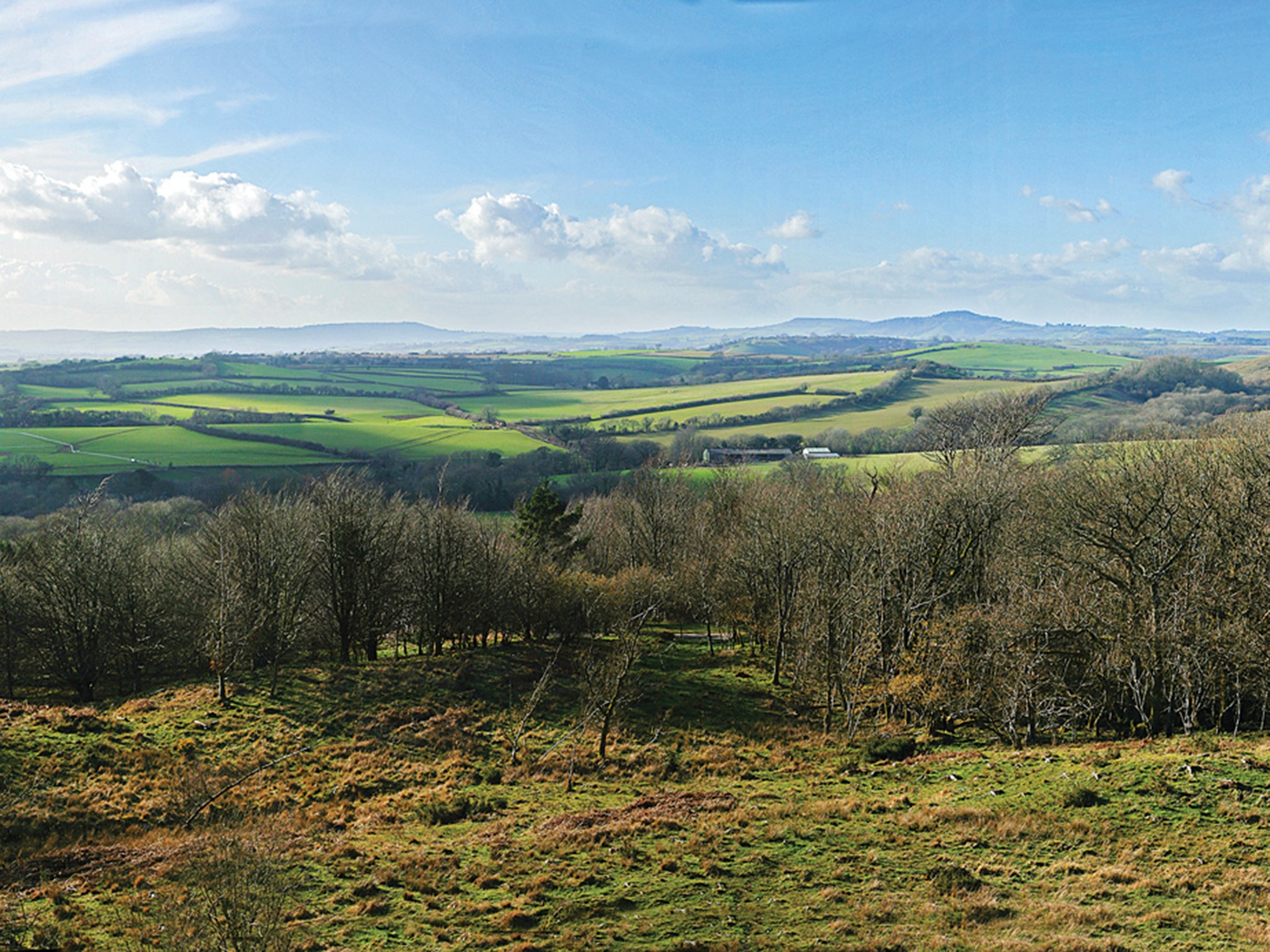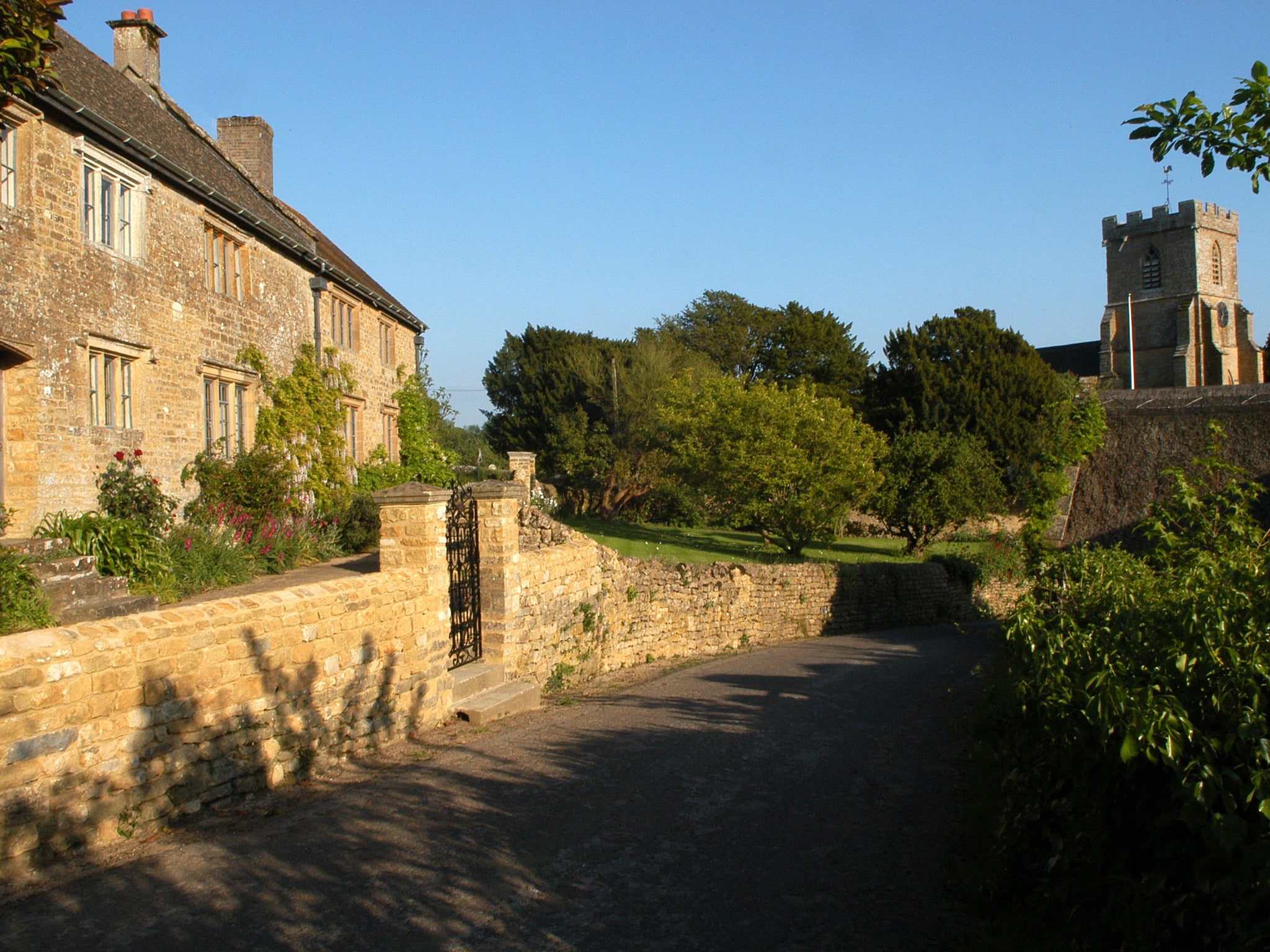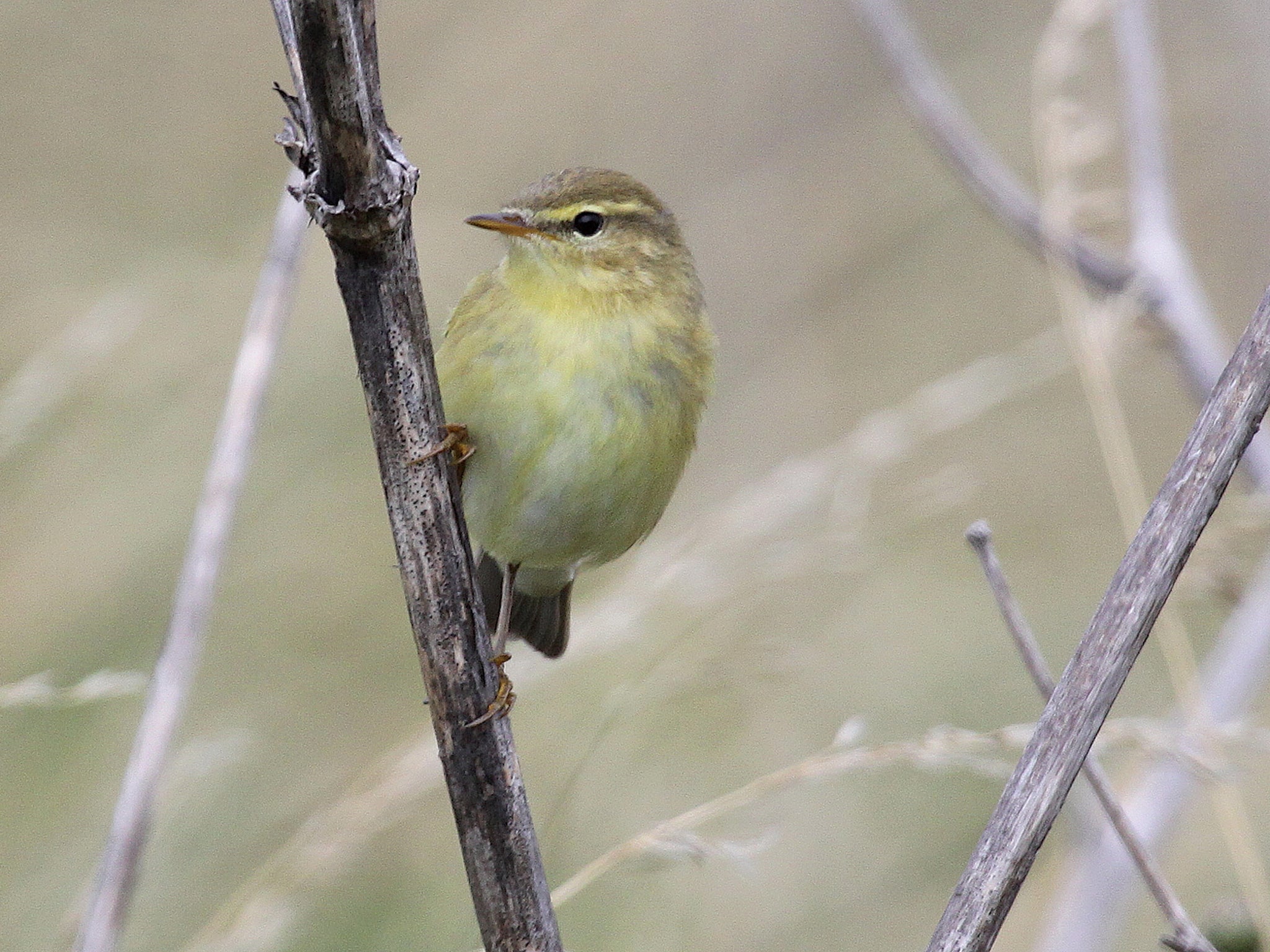The Independent's journalism is supported by our readers. When you purchase through links on our site, we may earn commission.
South-West Dorset: Walk of the month
It takes a while for Mark Rowe to find Powerstock, but he’s rewarded with a revelatory walk amid sublime scenery

Your support helps us to tell the story
From reproductive rights to climate change to Big Tech, The Independent is on the ground when the story is developing. Whether it's investigating the financials of Elon Musk's pro-Trump PAC or producing our latest documentary, 'The A Word', which shines a light on the American women fighting for reproductive rights, we know how important it is to parse out the facts from the messaging.
At such a critical moment in US history, we need reporters on the ground. Your donation allows us to keep sending journalists to speak to both sides of the story.
The Independent is trusted by Americans across the entire political spectrum. And unlike many other quality news outlets, we choose not to lock Americans out of our reporting and analysis with paywalls. We believe quality journalism should be available to everyone, paid for by those who can afford it.
Your support makes all the difference.Deep in the folded contours of west Dorset, where the landscape looks as crumpled as a scrunched-up OS map, I finally reach journey’s beginning.
Rarely has it taken so long to get to the start of a walk, rather than the end of it. I’ve nudged the car this way and that down countless narrow lanes and tracks, reversed past hidden turnings, overlooked slumping signposts that point to the floor, and finally arrived in Powerstock.
I’m happily marooned in deepest, south-west Dorset. Peter Henshaw of Sustrans, whose advice I sought about this walk, was spot on: “Dorset is the county people drive through to get to Devon and this is the area of Dorset people drive through to get to other parts of the county. It’s appeal is that it’s a long way from anywhere. It’s very hilly, far from all the main roads, away from everyone. This is the forgotten corner of Dorset.”
I’m tempted by the terrace of the Three Horseshoes that awaits, siren-like in the village centre, but my willpower is strong and I promise to return later. I walk past both the pub and the church that stands high above me and am immediately plunged – this time without the car – back into some of the most delectable countryside you could hope for.

I drop down a lane, cross a small footbridge, and strike out across a meadow that’s wonderfully easy on the eye. The glade, rhomboid in shape and framed by grazing cattle and a running brook, tapers gently to a stile that in turn leads to a five-way crossing of paths by a house overlooking a stream. The rickety, splintered fingerpost signs add to the sense of somewhere stuck in the 18th century.
Further on, the track leads upwards through a guard of honour of leafless boughs to reach a disused railway line. In the distance I can see the high point of my walk, Eggardon Hill, sweeping and cresting wave-like upwards. I take 30 minutes to reach the summit, and on the way I pass wintry oaks, their bare branches jabbing like lances into the sky.
Like many peaks in Dorset, Eggardon Hill is modest in height but punches above its weight because it lurches so abruptly from the fields around its ankles. The corrugated furrows imprinted on its flanks bare a fleeting, if fanciful, resemblance to the rice terraces of Indonesia, but are still striking for all that. From the crown, the view takes in the coastline and what feels like much of southern England, including Dartmoor, Start Point and Torbay.

It takes time to descend. The flanks are just too steep to cut corners off the paths, and I drop down to a quiet lane before making my way to the medieval throw-back of Powerstock Common. The name jars: Powerstock could be the name of a men’s deodorant or energy drink, but it is in fact truly ancient. The name comes from the distant past when the common of Poorwood became Poorstock royal forest after King John purchased the manor and deer park in 1208. Local commoners managed to hold on to their grazing rights until 1867.
Walking through here is a hauntingly beautiful experience, and the paths push their way past exquisitely gnarled trees, decaying stumps, classic hedgerows and verges of crabapple, hawthorn, stark dogwood, hazel and field maple. As I tread past decaying wood and other dead matter, it’s almost as though coal is forming in front of my eyes.
I make a note to return in early spring, when migrant willow warblers and chiffchaffs will return to add song to this scene.

The path is in parts boggy, there’s sedge closing in on either side, and water oozes out of the ground as though I’m walking on a thin crust of mud above a lake.
Things dry out as I return to Powerstock along the old Maiden Newton-Bridport tramway. This was built around the same time the commoners lost their grazing rights, but closed in 1975. The line is enjoying a stop-start process of restoration as a car-free quiet lane for walkers and cyclists, and along the way I pass remnants of the railroad, including old metal fence posts, sleepers, and an old hut for railway workers to seek shelter that is now a roost for bats.
I disembark from the railway to return to Powerstock village. The Three Horseshoes is taking last orders and I settle on the terrace at the rear of the pub. Below the garden wall, Dorset falls away into a sweeping collection of valleys. Somewhere in those indentations, utterly hidden by the rises and dips of the land, are the lanes that will lead me out.
Travel essentials
START/FINISH: Powerstock village
DISTANCE: Seven miles
TIME: Three hours
MAP: OS Explorer 117 Cerne Abbas and Bere Regis
Directions
Walk south past the Three Horseshoes in Powerstock and at the first left-hand bend, take the footpath downhill. Cross the footbridge and cross the glade to a stile. Bear right, and then follow the sign for Spyway. Cross the old tramway and a field to reach a lane, and follow this to North Eggardon Farm and Eggardon Hill. Take the lane behind the hill to Whetley Farm, and follow the path through Powerstock Common to the car park. Return along the disused tramway to Powerstock.
Getting there
The nearest railway stations are Dorchester, Crewkerne, and Maiden Newton (08457 484950; nationalrail.co.uk).
National Express coaches serve Bridport (08717 81 81 81; nationalexpress.com).
Staying there
Mark Rowe was a guest of Dorset Coastal Cottages (0800 980 4070; dorsetcoastalcottages.com), which offers more than 200 properties along the Jurassic Coast. A three-night short break at Waddon Hill cottage, Loders, starts at £356.
More information
01305 267992; VisitDorset.com
Join our commenting forum
Join thought-provoking conversations, follow other Independent readers and see their replies
Comments